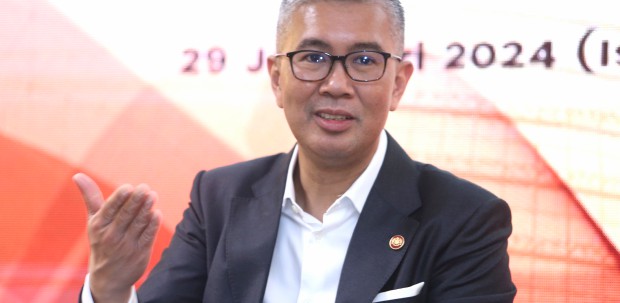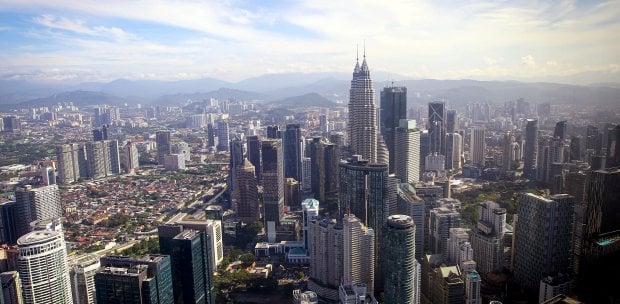KUALA LUMPUR: UBS Investment Bank is expecting a six per cent growth in the Malaysian economy in 2017 and expects the trend growth to continue in 2018, but closer to five per cent.
UBS Investment Bank economist Alice Fulwood said as trade slows from around 10 per cent in 2017 to seven per cent in 2018, it will impact the growth outlook.
“For the first three quarters of this year, Malaysia, an extremely open and trade-oriented economy, has done exceptionally well but growth will be slower next year,”she said, a conference call.
The upcoming general election and infrastructure projects like the east coast rail line would contribute to growth in 2018.
“We estimate the activity associated with the ECRL this year and the High Speed Rail (HSR )next year could add 0.3-0.5 percentage points to growth for each project.”
The research house’s base case for the election is for Barisan Nasional to win the election and policy continuity sustained.
One-off cash handouts to civil servants ahead of the event should also help to maintain growth.
On the global front, UBS is looking to a robust 3.8 per cent growth outlook for 2017 and 2018, powered by Chinese property, US shale, and commodity rebound.
But some of these engines like the Chinese property market may weaken.
“This mix of growth is less supportive for Asian economies, like Malaysia. Asian economies tend to export less to countries like Brazil and Russia than they do China.”
As commodity prices appear to be rising, she said strong growth is inflationary. For every US$10 rise in the oil price, it is likely that 20-30 basis points are added to Malaysian inflation.
UBS expects Bank Negara Malaysia to be concerned about inflation as the output gap likely closed last year.
“Bank Negara has also stated they think potential (or trend growth) is between 4.5-5.0 per cent in Malaysia which means that, if the Malaysian economy expands above this rate for extended periods of time (as it is doing now) there is an increased risk of inflationary pressure building up.”
UBS expects the headline inflation to drop next year (from 3.9 per cent year-on-year to 2.4 per cent year-on-year because of the base effect from rapid increases in fuel prices in early 2017.
She said Bank Negara will hike rates by 25 basis points twice in 2018, once in January and once in the second half of the year.
Meanwhile, Alice said there is a strong case to argue greater capital will flow into Malaysia in 2018.
When Chinese FDI to Malaysia was basically zero per cent of GDP in 2014, it has picked up to reach almost 1 per cent of GDP in 2017.
“ We think this is likely to continue for several reasons: China is likely to (or trying to) invest in the two flagship rail projects (ECRL and KL-SG HSR) as well as several port and property projects.
“ These projects attract foreign investment inflows into Malaysia under One Belt One Road. In our work on the Belt and Road early in 2017 we found Malaysia was likely the biggest beneficiary of OBOR in Asean, and second only to Pakistan in all of Asia.”
In a survey of Chinese corporates investing overseas, UBS found 15 to 25 per cent of 500 large Chinese corporates highlighted that they were looking to invest in Asean – and within Asean highlighted Malaysia as their most preferred destination.
Of these large companies wanting to invest in Asean, 90 per cent said they were looking into investing in Malaysia.





